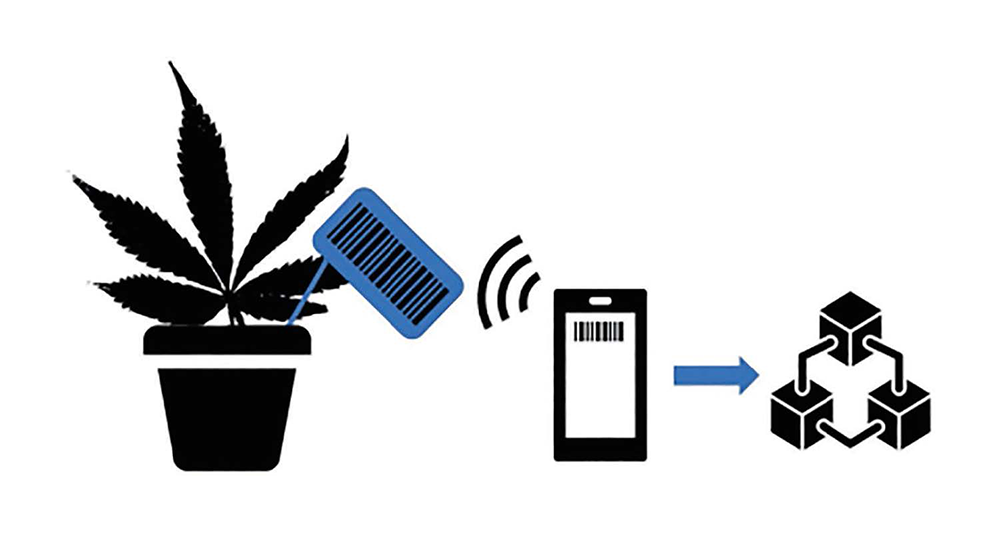Digital Development and Production of Medicinal Cannabis
Medicinal cannabis is being used more and more frequently as a form of therapy, which is why the demand in Germany is growing constantly. Producers are faced with the challenge not only of meeting the high demand, but also of ensuring the highest quality while complying with regulatory requirements. As in numerous economic sectors, digitalization is targeted as a solution to current and future problems by the cannabis industry. The use of new and digital technologies offers the possibility to maximize the production yield of cannabis and the quality of the products – while ensuring the highest level of product safety and traceability.
by Rainer Krüger and Dr. Lisann Eßer, J&K Consulting GmbH, Rommerskirchen (Germany)
This article – published in TechnoPharm 11, Nr. 1, 30–38 (2021), Editio Cantor Verlag, Aulendorf (Germany) – looks at medicinal cannabis as a form of therapy and its digitally assisted production. It shows why it is necessary to digitize existing processes and to establish modern digitization strategies. In this context, solution approaches are presented, and it is explained how the use of digital tools can have a positive influence on the manufacturing and distribution processes of medicinal cannabis.
Introduction
There is a high demand for finished drugs and complex forms of therapy on the global market, but especially on the national German market. In particular, the demand for active ingredients from pharmaceutically adequate production processes of medicinal plants are increasing and can hardly be met so far. An out-standing example in this context is the production and use of medicinal cannabis as a basis for urgently needed therapies. Since the approval of cannabis for medicinal purposes, medicinal cannabis products have been used in an increasing number of therapies, such as cancer therapy and palliative care. To meet the great demand and at the same time the high regulatory requirements in pharmaceutical production, modern and especially digitally supported cultivation and processing strategies are necessary.
Medicinal cannabis
Probably also due to its striking appearance, the cannabis plant did not remain unknown for long. As far back as 6 000 years BC, the hemp plant was used in Asia. In recent centuries, the cannabis plant has spread to Europe and finally to the American continent. Stems and fibers offered countless applications, e.g., to produce textiles, ropes, and paper. But the use of the hemp plant for medicinal purposes also has a long tradition. Thus, medicinal cannabis was probably used as a pain-relieving medicine long before Christ. Nowadays, medicinal canna- bis is available in pharmacies as prescription or finished medicines. The content of the medicines are the pharmacologically active components of the plant, the cannabinoids. The cannabis plant has up to 4 000 different components, from which 134 substances can be isolated according to the current state of science. Among the ingredients of the plant are over 100 different cannabinoids, but also various terpenes and flavonoids. The best known and most advertised ingredients are the cannabinoids Δ9-tetrahydrocannabinol (THC), cannabidiol (CBD), cannabielson (CBE) and cannabigerol (CBG). These very ingredients have a high therapeutic potential. For example, studies show that cannabis preparations have antispasmodic, analgesic, neuroprotective, or anti-inflammatory effects. However, only THC has a psychoactive intoxicating effect.
>>> Download the entire article here (by courtesy of the publisher)
Published: TechnoPharm 11, Nr. 1, 30–38 (202
Photo Credit: J&K Consulting GmbH


